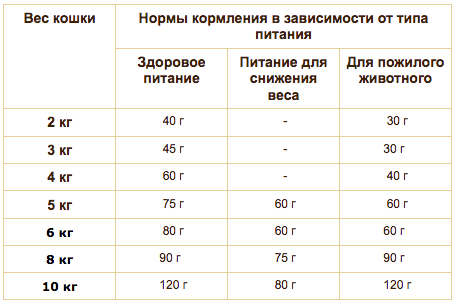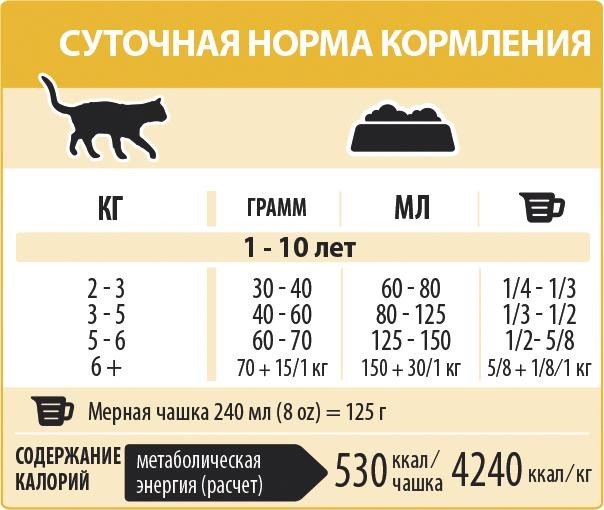Nutrition is an essential component of a pet’s life. The diet affects the animal’s mood, activity, and health. Therefore, in this article, we will explain the features of feeds and give general recommendations on the choice of cat food types.
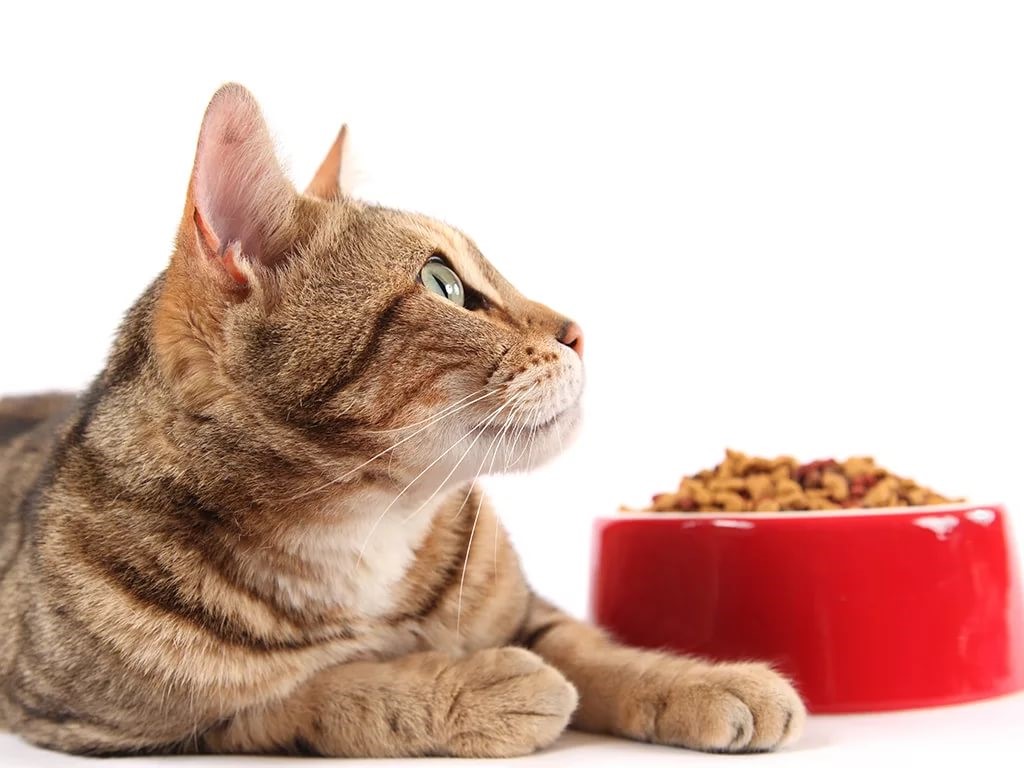
A pet can be fed according to two nutritional plans: natural, which is prepared from high-quality products, taking into account the characteristics of the pet’s age and health, and industrial (ready-made) food. Due to their busy schedules, owners often use store-bought feed, which also has its characteristics. The following varieties represent industrial feed:
- granulated (dry) food;
- wet food (pates/jelly);
- supplements and treats
- specialized medicinal food.
Cat food classes are divided into four types: economy, premium, super-premium, and holistic.
Economy Class
A low meat content characterizes economy-class food. It is replaced by various grains, offal, and additives. The cat is less likely to eat this food, which means it requires much more of it. When you purchase economy-class food, please consider the composition, which should not contain various flavorings and preservatives. The price category is deficient, about 20-30 rubles per bag, and much money is spent on promoting the brand.
The most famous representatives of economy-class food are Whiskas, Friskies, and Kitekat.
Veterinarians strongly discourage feeding cats such food on an ongoing basis.

Premium Class
Premium is the middle class of cat food. It is better than economy because it assumes a minimal predominance of feed preservatives and chemical additives. The protein of premium feed is mainly represented by poultry meat and carbohydrates, such as corn. It would be best to be careful with foods that contain predominantly grain structures because they are the ones that most often cause allergies in your pet and are much less digestible. Of course, this food class is much less likely to cause addiction and allergies, but despite this, if you feed your pet premium food on an ongoing basis, remember to monitor its health.
The line is most often divided according to taste and age. The most popular brands are Perfect Fit, Sheba, and Purina./
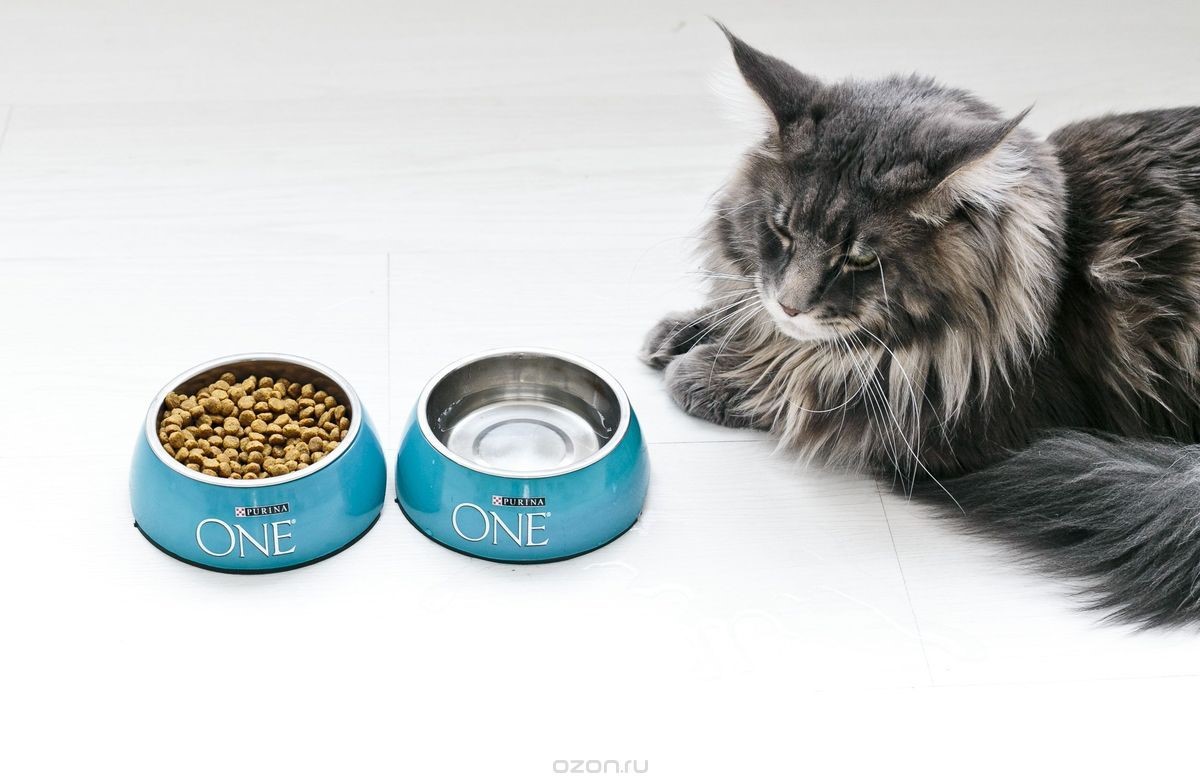
Super-premium food is of high quality, with valuable microelements and a high percentage of meat and fish. You can safely feed your pet with them on an ongoing basis.
Super-premium food can please owners with a wide range – for pets with sensitive digestion, long hair, allergy sufferers, various breeds, food of different textures, and many others.
A distinctive feature of food in this category is the detailed composition of the food, indicating all the components.
Super-premium food can only be purchased in specialized stores, pharmacies, and clinics.
This food will satisfy your pet quickly and provide enough energy for a long time. It is also economical to consume.
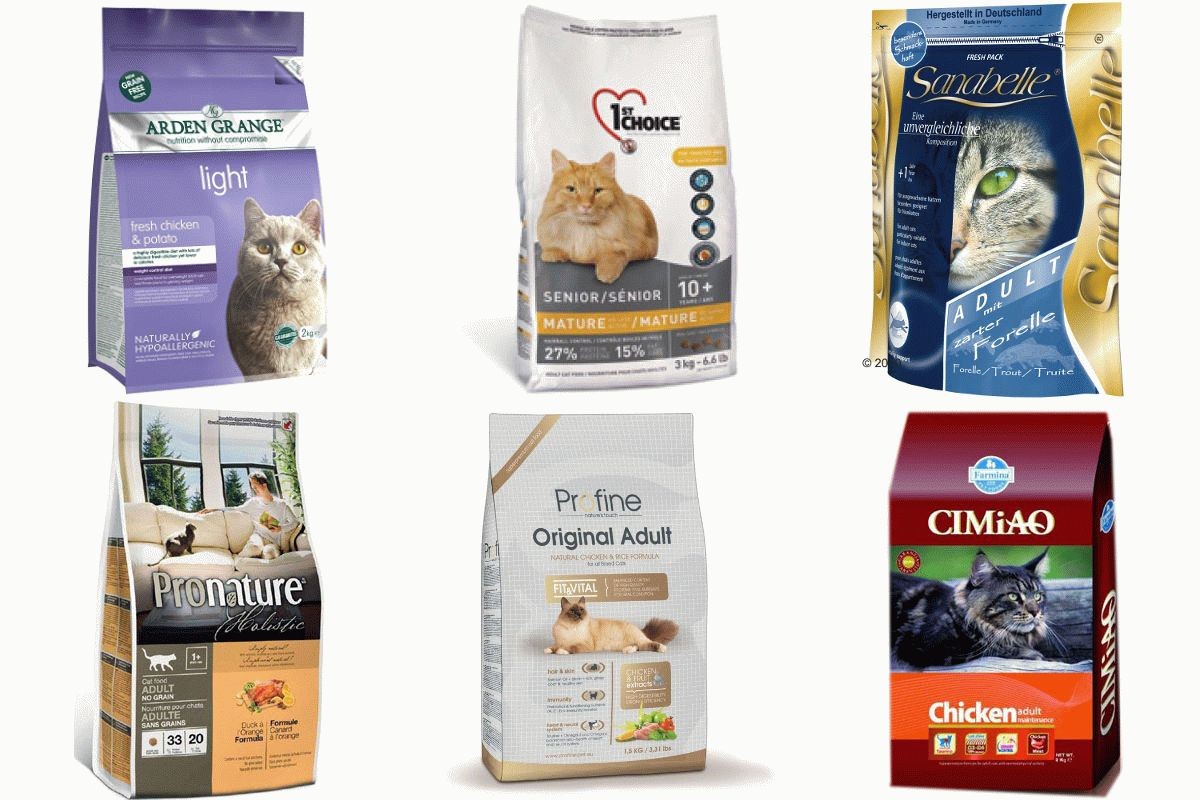
The most famous food brands are “1st Choice” (Fest Choice), “Pro Plan” (Pro Plan), and “Cimiao from Farmina” (Kimiao from Farmina).
Holistic Class
Holistic class is a new generation of premium food. It appeared on the feed market relatively recently but has already won the trust of professionals, breeders, and lovers of expensive breeds.
Distinctive features of holistic class feeds:
- High content of natural meat (up to 75%)
- Country of origin: USA, UK, Denmark, Germany.
- Safety. Several organizations confirm the components included in the composition – first, the FDA (American Food and Drug Association) and then AAFCO (American Association of Food and Drug Administration).
As you can see, the line between super-premium and holistic food is quite blurred. So, we invite you to familiarize yourself with the percentage that holistic class food must meet.
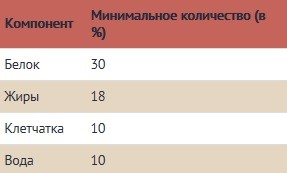
Ratio table for holistic-class dry food
The most famous brands of holistic food are Acana, Innova, and Orijen.
We invite you to familiarize yourself with the ratings of food in various classes:
- Orijen
- Innova Evo
- Eukanuba
- Acana
- 1st Choice
- N&D Natural and Delicious
- Pro Plan
- ProBalance
- Royal Canin
- Hills Science Diet (Prescription Diet)
- Felix
- Sheba
- Friskies/Whiskas
As you can see, holistic and super-premium food tops the ratings.
General Recommendations for Choosing Food:
- When purchasing food, pay attention to the percentage of meat/by-products. Food consumption is significantly lower in the economy than in the super-premium and holistic classes. In good food, the meat percentage should be 30-45%, so if the packaging says that the content is 100%, then most likely, this is just an advertising ploy, and you should carefully read the composition.
- < UNK> Food should not contain harmful additives (dyes, additives with the prefix E), salt, yeast, or animal mixtures. They can cause allergies and provoke various diseases. In addition, the signature “tasteful” can most often indicate the presence of harmful flavorings in the food. Also, the food should not contain the H127 dye, which can activate the growth of cancer cells.
- When choosing food, consider your pet’s breed, age, health, and physical activity. It is best to consult a veterinarian first to avoid problems caused by incorrect selection. Certain breeds are often prone to certain diseases. Of course, food alone cannot cure them, but it will help maintain health and not aggravate the condition.
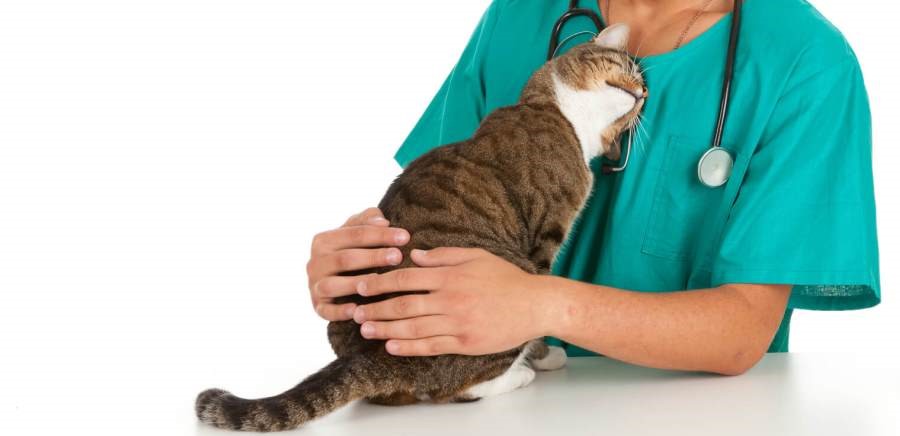
We remind you that recommended feeding rates for cats depend on their age and weight:
